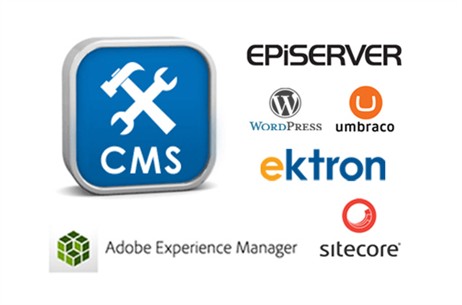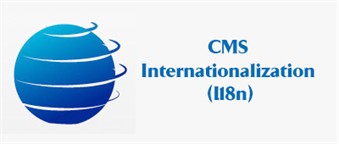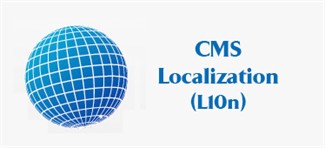Introduction to selecting a Multilingual Website CMS
Today using a MWCMS (Multilingual Website Content Management System) is a given for any global company that needs to author, store and publish multilingual content via the web. As a translation agency our first question when a prospect comes to us wanting to translate their website into different languages is, “Are you using a website CMS?”. A professional strength content management system is the best way to ensure you can control your multilingual content and publish it across the globe in the most time-efficient, cost-effective manner. The days of trying to launch and keep a website updated in two or more languages without a web CMS are over.

How do you go about selecting a web CMS whose functions and features best support your business needs? A company must consider their budget, technical and linguistic resources available when selecting a web content management system.
The right questions to ask when selecting a CMS for multilingual websites
The following questions may help selecting the best CMS Platform if you plan on authoring and publishing multilanguage websites:
- Does the CMS provide localized user interface (pre-translated language packs for static content either paid or for free)?
- Does the CMS publisher provide quality and professional technical support (multilingual)?
- Does the CMS provide template flexibility to adapt different languages such as Chinese, Arabic, and Hebrew or to customize new templates if needed?
- How easy is it to develop multilingual custom components?
- How does the CMS handle and store content from different languages?
- Does the CMS provide robust versioning tools to compare and maintain different versions of language sites?
- Is it easy to develop translation workflows for this CMS?
- Does the CMS provide easy tools for the online QA process?
- Is there a simple way to export and import content for translation?
Once you have selected a multilingual CMS, you need to configure and customize
Once you have selected a CMS, you need to think about the features and functions which require configuring and/or customizing in order for the CMS to best support your multi-language website needs. In the translation industry these customizations can be categorized as Internationalization (i18n) items and localization (l10n) items.

CMS Internationalization (i18n)
Each CMS provides its own set of features that when enabled will allow the platform to support multilingual websites. It is a must to enable these features correctly in order for the CMS to properly support different languages. Depending on the CMS, the features to be configured or enabled could include:
- From Admin section, multilingual option should be enabled
- Target language(s) should be added with the correct local
- Decide on a navigation plan from one language to another
- Be sure that all necessary text fields are unique per language
- Pay special attention to handling and customizing templates especially when there are languages that are written from right to left like Arabic and Hebrew
- Make sure any custom fields integrated can display different languages characters
- Translation workflows preparation
- Synchronization between source and target languages in order to facilitate the comparison between them
- Fallback plan for pages not available in a target language

CMS Localization (L10n)
As mentioned above, the Localization process is concerned mainly with the translation of the content and quality assurance of the published content (Online QA). If the I18n enablement steps are handled correctly in setting up the CMS, the localization phase should not include any technical tasks or adjustments related to how the CMS deals with and displays different languages. If I18n was not prepared correctly some common issues may appear such as:
- Runtime errors if a page was not translated for a specific language
- URL issues while navigating between pages under the same or a different language
- Content does not display correctly for some languages
- Content does not display right to left for some languages like Arabic
- Date and time issues are a problem
- Content cannot be imported after being translated
Each CMS has its own features to handle the exporting/importing of content for translation. This is one of the primary factors to consider when selecting a CMS and some research into the below functionality is recommended.
- How easy is it to export and import content from the CMS?
- Is there a simple way to include graphics in the exported package?
- Is there a versioning system to classify different translation packages?
- What is the format used (XML, XLIFF or CSV)?
- Is there a notification feature to facilitate communication between CMS authors or Admins and a Localization Company such as email notification once a package is exported or imported?
In summary, the research, selection and deployment (customization and configuration) of a website CMS are critical steps and should be adhered to. A thorough walkthrough of these steps can mitigate against possible problems arising a few weeks before a planned global launch.
